Today I will tell more about The Eneida (Aeneid) made by Ivan Kotlyaresvky in 1798. With fantastic illustrations by Anatoly Bazylevych, this book was published in the 1960s and became one of the most essential books in 🇺🇦 culture. With the help of @ChytomoE I'll tell you why. 

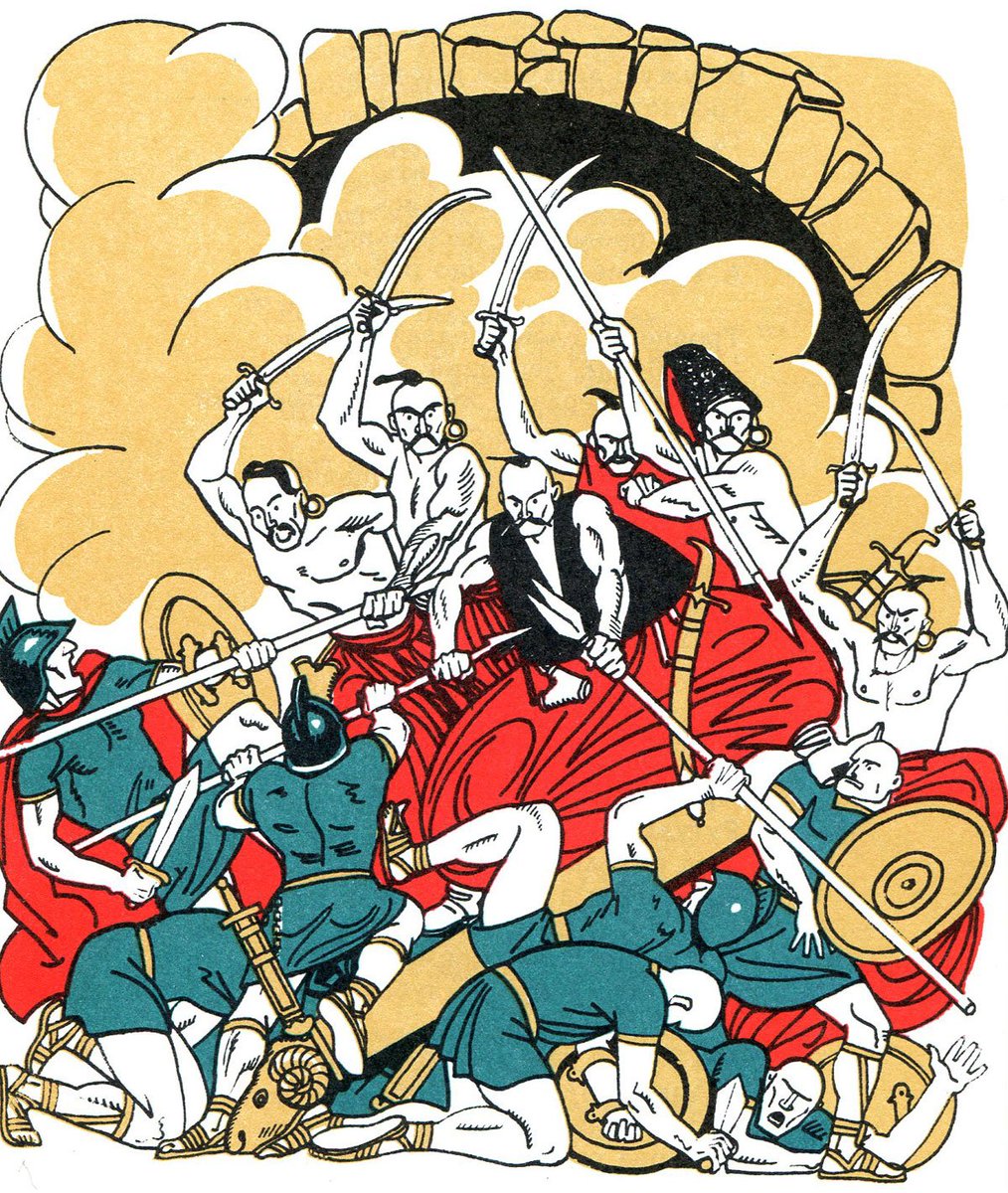
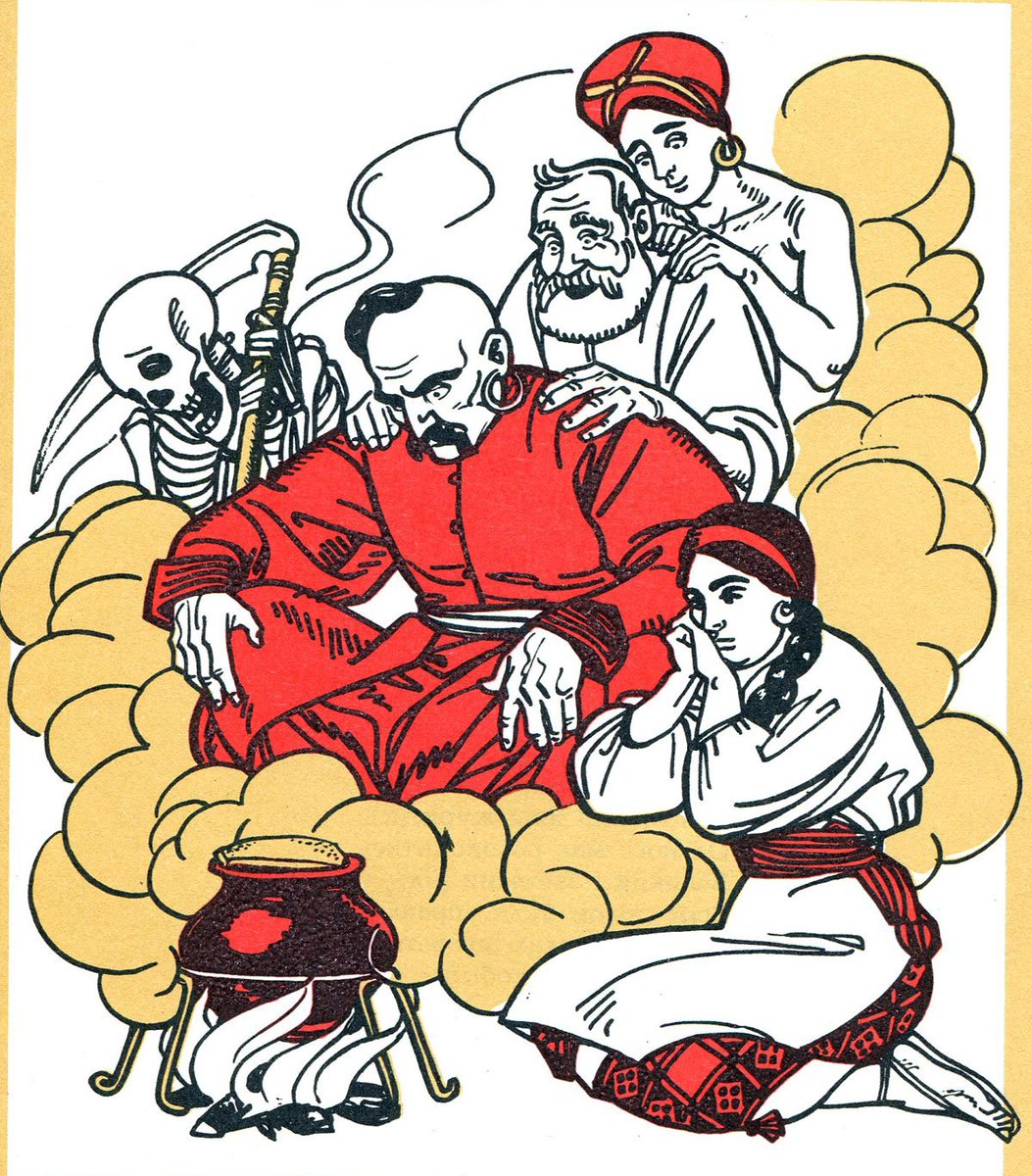
«Manners and customs of gods and heroes in the epic poem by Kotlyarevsky reflect the way of life of the gentry and bourgeoisie of the time, sinners in hell offer a wide range of social blemishes, and Aeneas himself and his army become iconic for our vision of the Cossacks.» 
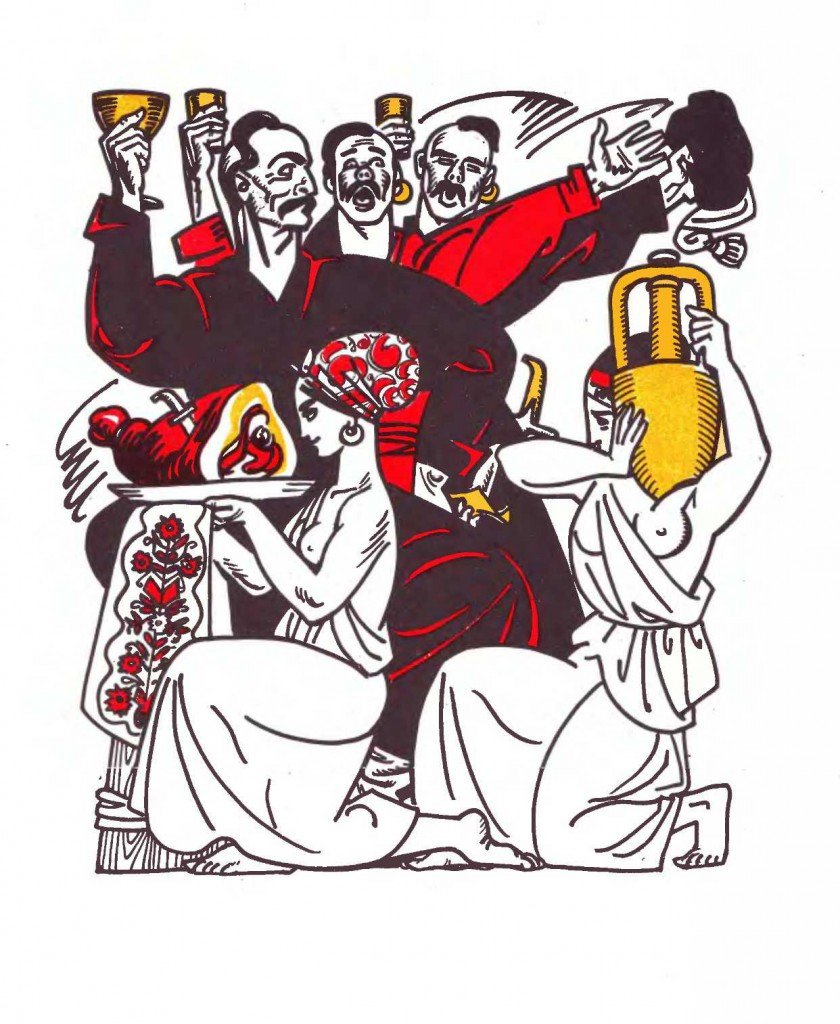
«Historical parallels emerge in the 🇺🇦Aeneid...Aeneas is called a Cossack. The destruction of Troy is seen as the destruction of the Zaporizhian Sich, a Cossack fortress. The Sich was destroyed by Catherine the Great in 1775 to strengthen Russian imperial power.» 
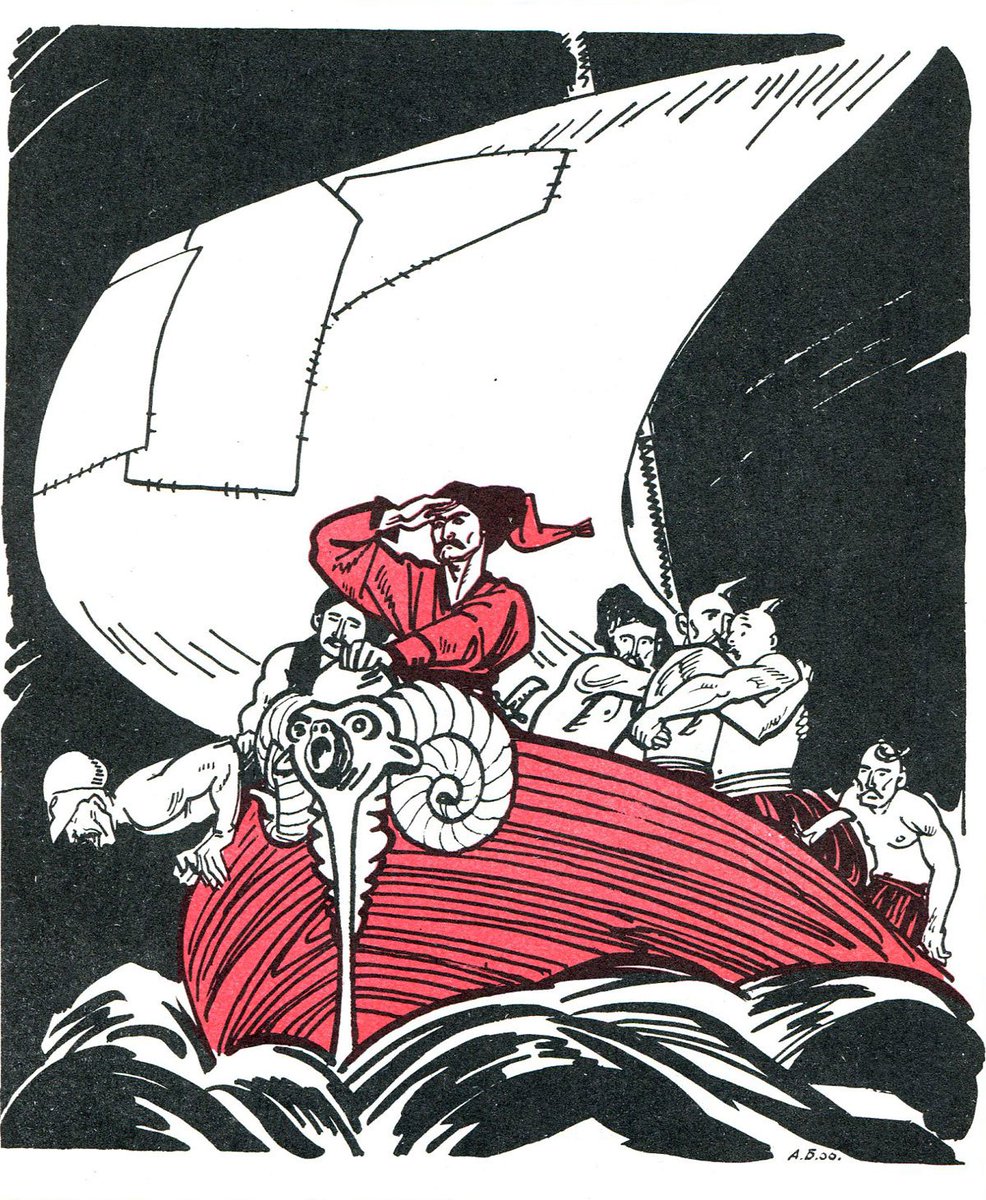
«Most Cossacks were turned into regular units of the Russian imperial army, and references to anything independent were banned...The comic setting of the parody poem allows him to tell a serious story» 

«Aeneid, just like Kobzar, became the leading symbol of the forbidden Ukrainian culture for a long time. The 1968 edition was not just a luxurious book — it was a dissident protest against the tradition and the entire system of that time.» 

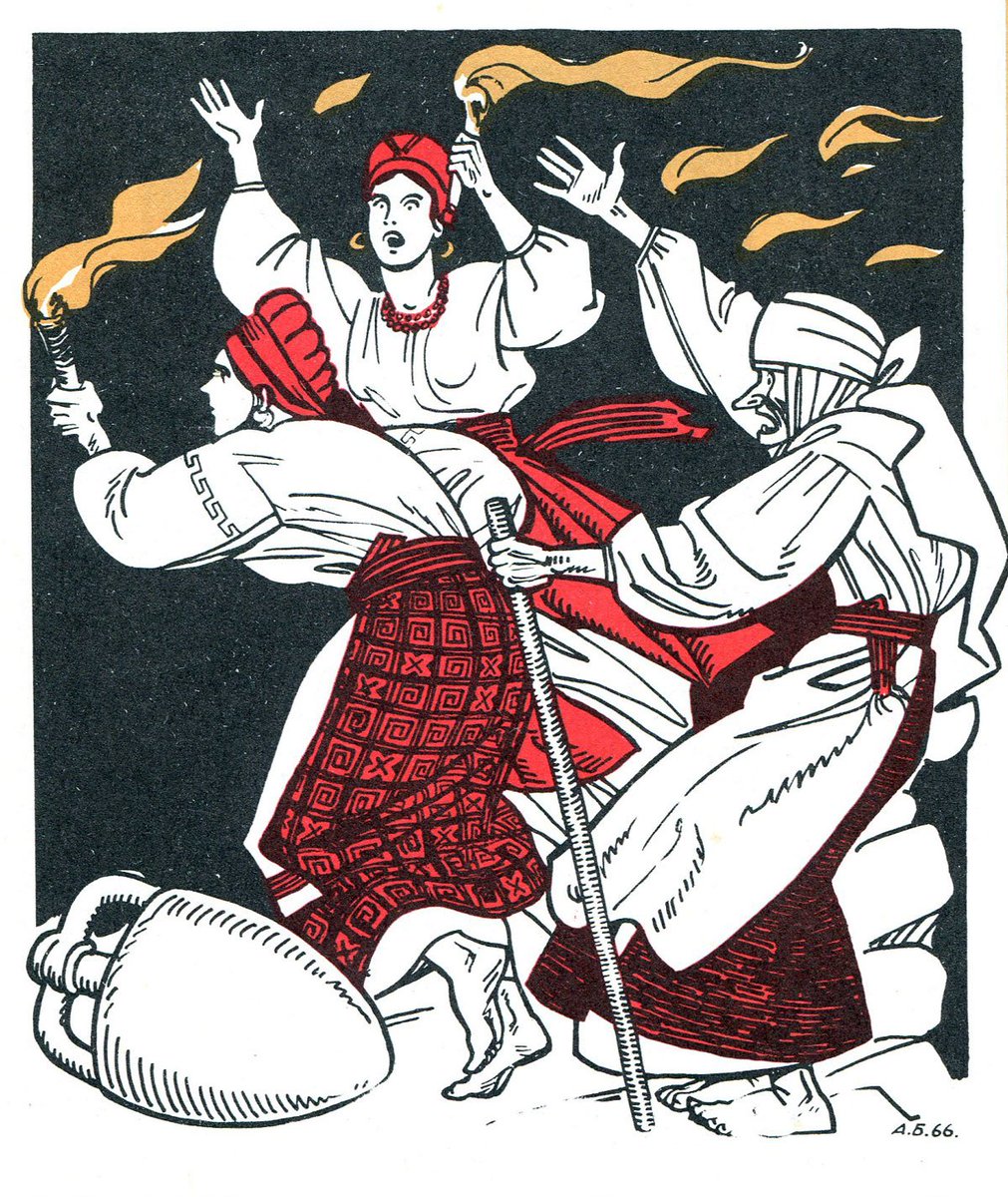
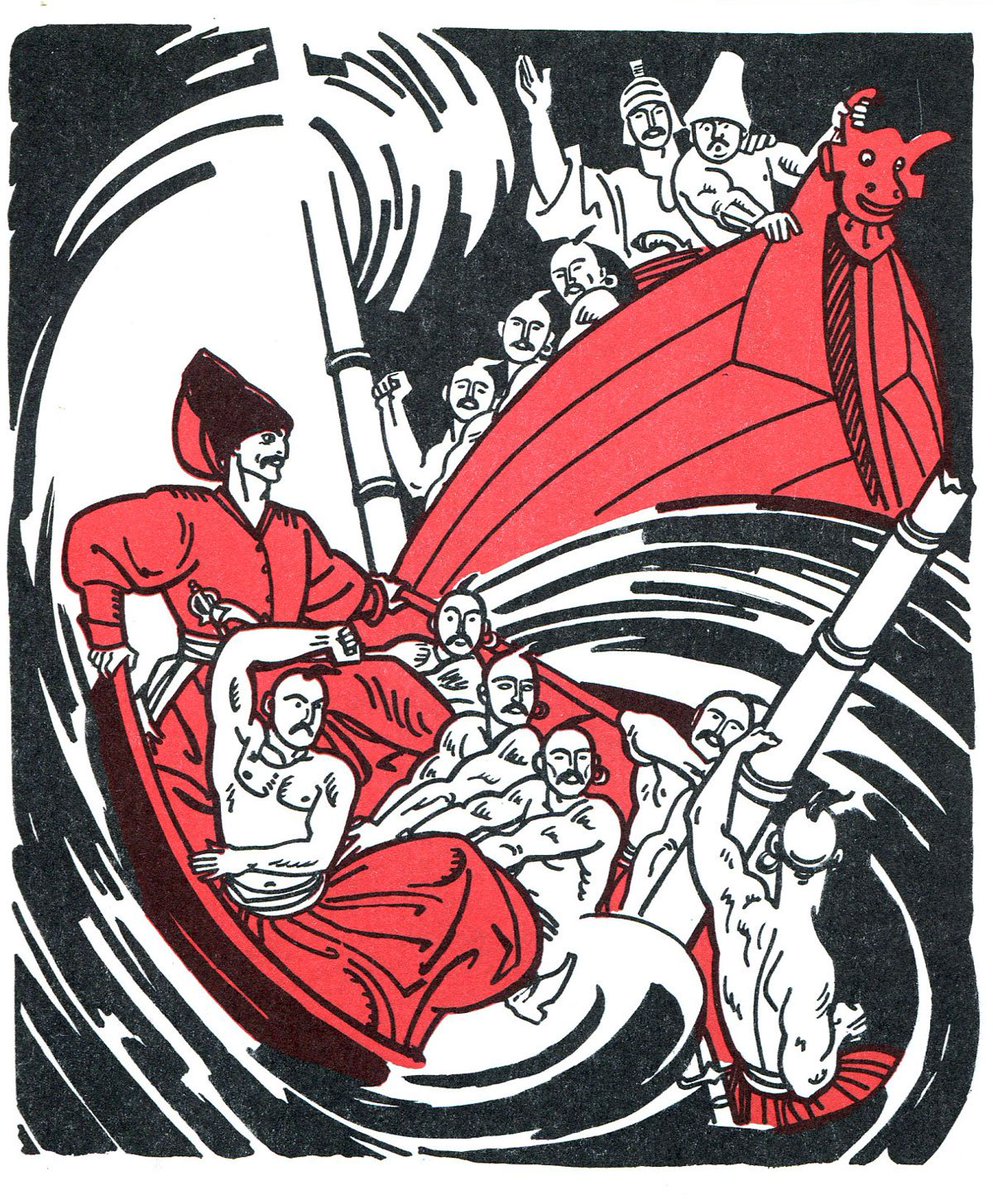
The quotes are from the article by Rostyslav Semkiv, professor at the National University of Kyiv-Mohyla Academy @rsemkiv , published in @ChytomoE. Here you can read the full article chytomo.com/en/ivan-kotlya…
• • •
Missing some Tweet in this thread? You can try to
force a refresh












































